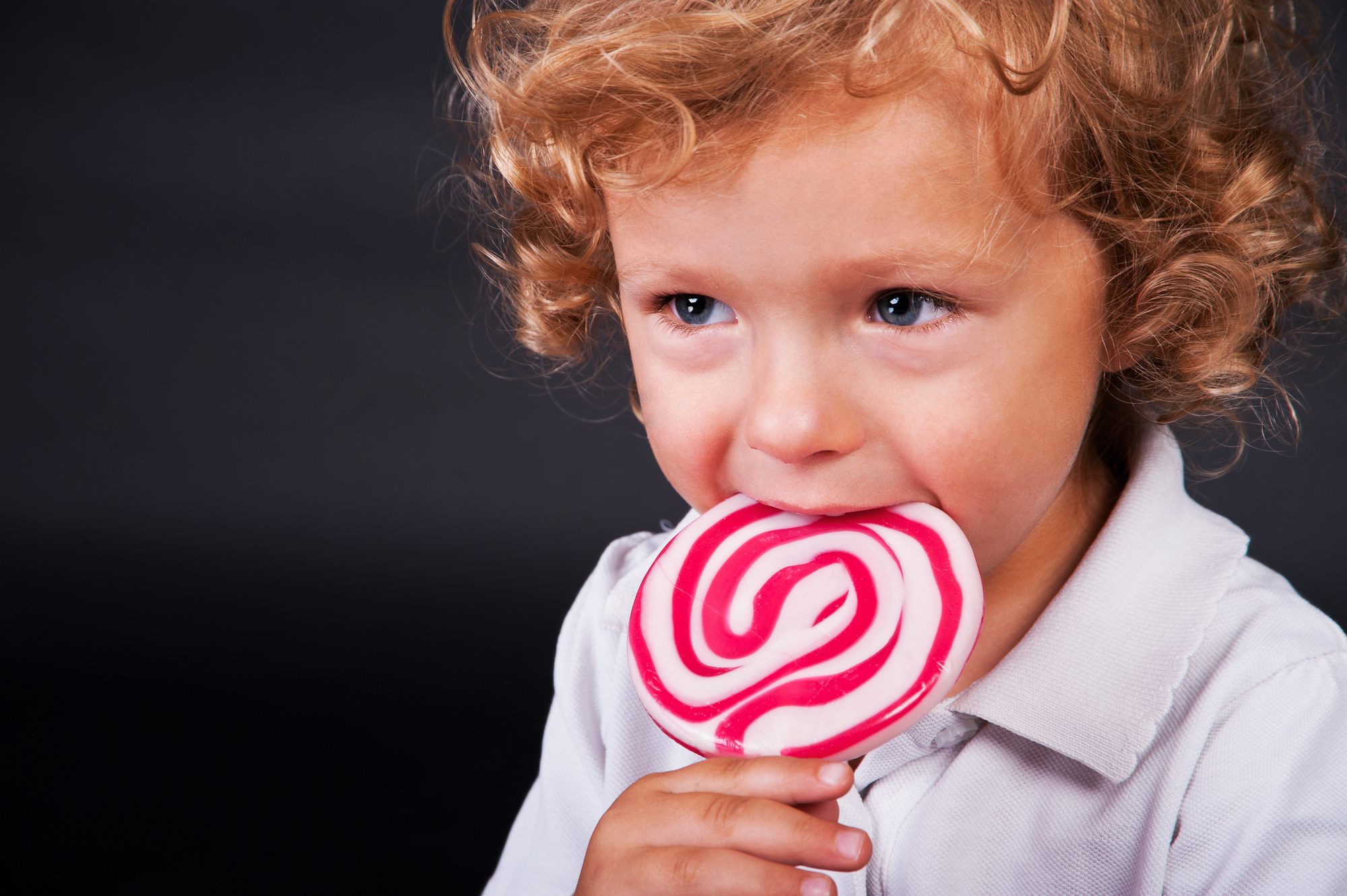You can’t avoid bacteria. These hardy, single-celled microorganisms are found in every habitat on our planet. They’re in our soil, rocks, oceans and snow. And they’re all over you and your kid too.
Your little one may look completely clean and fresh after a bath (probably the only time that happens!) but their body still contains 10 times as many bacterial cells as human ones Even the most hygiene-obsessed parent couldn’t possibly get rid of all that bacteria!
Thankfully, you don’t need to.
It’s true that some types of bacteria cause illness. Those pathogens can lead to long nights spent nursing an unwell child.
But most types of bacteria are good for your child’s body. Indeed, they play an important role in a healthy microbiome.
What is the microbiome?
The microbiome is the collection of bacteria, viruses and fungi that live on and in your child’s body, influencing your child’s immune system and digestion.
The microbiome starts forming during birth and is nurtured by breastmilk and a healthy toddler diet. It reaches maturity around your child’s third birthday, though it continues to adapt throughout life.
Meet the good bacteria
A healthy microbiome features large numbers and many different strains of beneficial bacteria that have a positive effect on your child’s health.
Two of the most common genera are:
- Lactobacillus, mainly found in the digestive system, urinary tract and genitals
- Bifidobacterium, one of the major bacterial groups in the digestive tract.
The vast majority of these good bacteria live in your child’s gut.
Strengthening your child’s microbiome
Your child’s microbiome will influence their health throughout life.
You can influence its development by:
- Breastfeeding – a mothers’ milk contains 200 different types of oligosaccharides (prebiotics) which stimulate the growth of good bacteria in your child’s gut
- Feeding them a healthy diet featuring:
- Lots of fibre, fresh fruit and veggies – these are prebiotic foods that provide fuel for your gut microbes
- Fermented foods like sauerkraut, sourdough, kimchi, kefir, kombucha and yogurt made with live cultures – these foods are rich in beneficial bacteria.
- Spending time in nature – playing in a forest environment, for example, exposes your child to a rich biodiversity that .
- Having a furry friend – along with muddy pawprints on the kitchen floor, interacting with a pet transfers their microbes to your child, which may
Life-Space Probiotics
Probiotic supplements offer another complementary way to support your child’s intestinal microbiome.
Life-Space’s Probiotic Powder for Children contains 15 strains of beneficial bacteria, formulated to support a healthy intestinal microbiome and general health and wellbeing in kids aged 3-12.
Always read the label. Follow the directions for use. Supplements should not replace a balanced diet.
References:
https://microbiologysociety.org/why-microbiology-matters/what-is-microbiology/bacteria.html
https://advances.sciencemag.org/content/6/42/eaba2578
https://microbiomejournal.biomedcentral.com/articles/10.1186/s40168-017-0254-x









